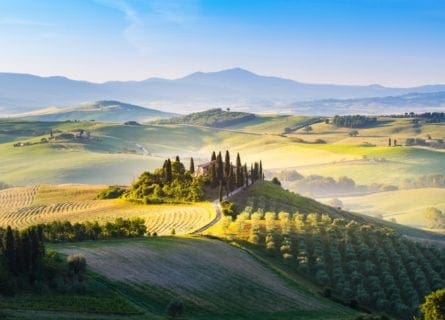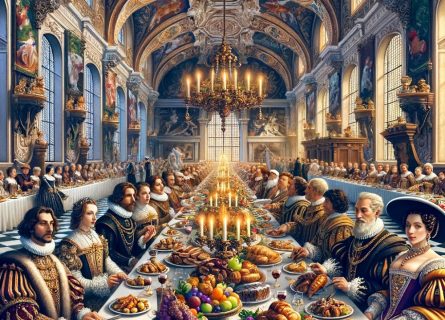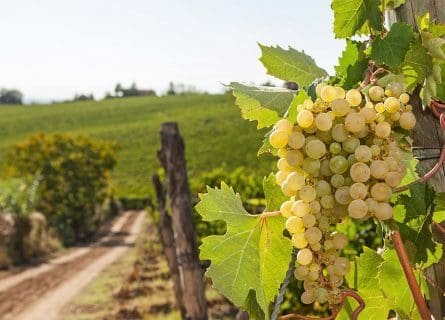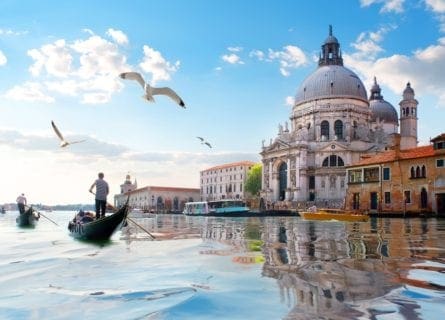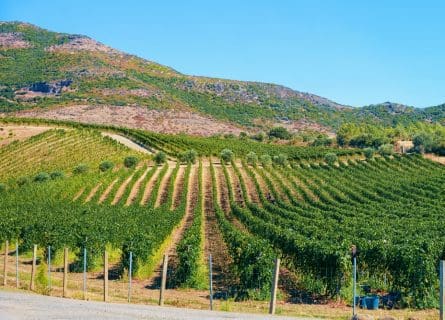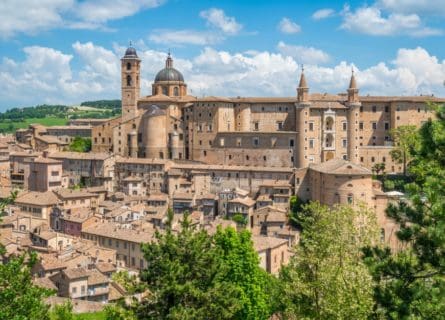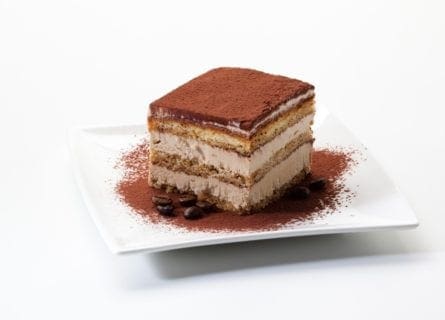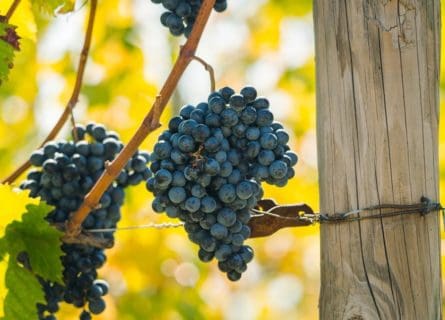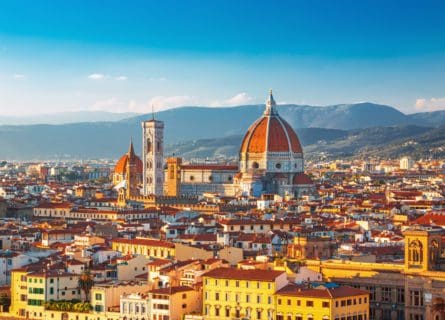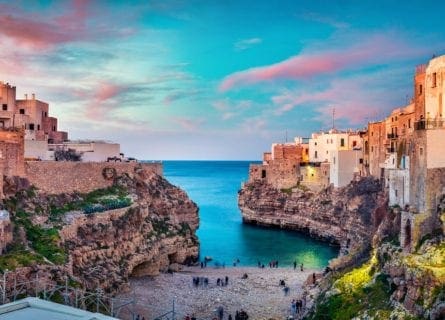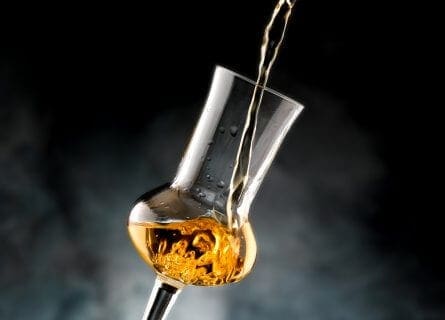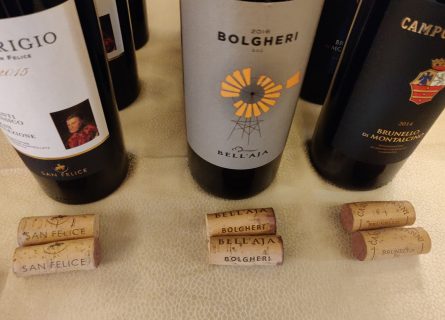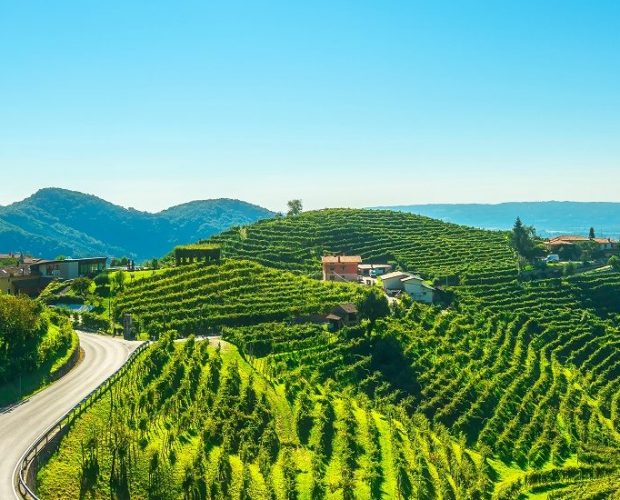
Verona Travel Guide
A Timeless Tapestry of Love and History - From Juliet's Balcony to Grand Roman Amphitheaters
Nicknamed “Piccola Roma” (Little Rome) for its historical importance and eternally famous as the setting for Romeo and Juliet’s forbidden love, Verona is a city that manages to be both romantic and monumental. A harmonious yet diverse place where still-in-use Roman buildings rub shoulders with lovely Renaissance creations and modern shops and restaurants, Verona is a wonderfully atmospheric city that brings together the best Italy has to offer.
No literary fan comes here without passing by the Casa di Giulietta (Juliette’s House), where legend says the heroine lived. Many people come just to touch the Juliette statue in the courtyard; rumor has it that if you rub her bronze breast, you will soon get a new lover. Another must-see sight is the Roman amphitheater, dating to the first century. It’s the third-largest Roman amphitheater in the world and now serves as the city’s opera house; the opera season runs from July to September, and seeing a performance at this storied place is a real treat.
Feuds and strife have been a part of Verona’s history long before Shakespeare was around to make a commentary on it. In 550 BC, the founding Euganei handed over their settlement to the Cenomani, who, in turn, ceded to the Romans in 300 BC. The city’s convenient location at the crossroads of northeastern Italy and on the banks of the Adige River helped it achieve greater importance in trade. It also made it a prize worth fighting for, and many kingdoms tried their hand at conquering it. The Goths swooped in 489 AD, followed by the Lombards a century later, and eventually, noble families took control, culminating with the long reign of the Della Scala family.
As in the rest of Italy, the city declared itself a commune in the 12th century, helped along by the city’s growing wealth and prestige, though before long, it was part of the Lombard League. A famous character in Verona’s history is Cangrande I (“Big Dog”), a member of the ruling Scaligeri family. Dante was a regular in their court, and the final chapter of his “Divine Comedy”- Paradiso- was dedicated to Cangrande. Many of the monuments you see today in Verona date back to his rule. Fast-forward to the 18th century, when the city was occupied by Napoleon, who handed the territory to Austria. Verona became part of greater Italy in 1866 when the country was unified.
Today, Verona is an elegant and wealthy city that attracts International wine lovers (it is home to Vin Italy, one of the world’s largest and most important wine fairs) and opera lovers (the summer opera season in the Roman amphitheater is spectacular). The city is a delightful, prosperous, tidy small town that offers excellent restaurants, elegant shopping, culture, and historic ambiance.
-
Gastronomy and Wine
Whether or not you try daring local dishes like sfilacci, bistecca di cavallo, pastisada, and asino (shredded horse meat, horse steak, slow-cooked horse meat, and donkey, respectively), cuisine in Verona is sure to surprise. The famed horse tradition was probably inherited from the Lombards, who had control of this area from the sixth through eighth centuries, and it’s still apparent on many local menus. Other meaty favorites include bollito misto, a dish of mixed boiled meats served with broth that originated here but later spread throughout Italy.
Verona is the largest wine center of the Veneto, which is the largest wine-producing region in Italy. Among the wide variety of wines, you will find fine wines such as Amarone della Valpolicella and Soave’s white wines. As Verona hosts Vin Italy, the restaurants tend to have incredible wine lists. Bottega di Vino and Il Desco have epic wine lists of Italian and foreign wines.
A Guide to the Gastronomy and Cuisine of Veneto: Read more
Nearby Wine Regions
-
 Discover Veneto's wine revolution: from industrial to premium, creating world-class, terroir-driven wines that rival Italy's finest. Read more
Discover Veneto's wine revolution: from industrial to premium, creating world-class, terroir-driven wines that rival Italy's finest. Read more
Highlights
-
Arena
Verona’s first-century Roman amphitheater is beautiful and remarkably well preserved. “Arena” means sand in Latin, which is a reference to the sand laid in the area where bloody gladiatorial games were played. This ancient Roman arena has been host to Gladiators, Roman circuses, mock battles, equestrian shows, bullfighting, jousts and medieval tournaments. It has served as an outdoor theatre since the 1700’s and today offers lucky visitors a spectacular venue for the summer opera season. The arena seats 25,000 spectators! The first opera was performed here in 1913, and was Verdi’s “Aida”. Seeing the opera at the Verona “Arena” is a once in a lifetime experience.
-
Castelvecchio
This gorgeous 14th century castle has been transformed into an art gallery with a dazzling array of paintings, sculpture, jewelry, swords and coats of arms. Cangrande’s tomb is also here.
-
Casa di Giulietta
Long storied to be the house where Shakespeare’s Juliet called out, “Where art thou, Romeo?” This balconied house is a popular stop in Verona.
-
Roman Gates
Gates that once formed part of the defense wall and stood to protect the city, like the Porta Leoni and Porta Borsari, are dotted around the city.
-
Piazza delle Erbe
Stately palaces and exquisite shops stand watch over this busy square, which is now a tourist magnet filled with colorful market stalls and cafés.
-
Loggia del Consiglio
The most beautiful Renaissance building in the city, this medieval town hall sits on the peaceful Piazza dei Signori.
-
Palazzo degli Scaligeri
An opulent palace on the Piazza dei Signori, this was the residence of the Della Scala family, who ruled the city in the 13th and 14th centuries.
Recommended for you
More information
If you would like us to customize an exclusive luxury tour, contact us and let us know your travel plans. We offer luxury food and wine tours for private groups of a mininium two guests. In addition, all of our private, chauffeured tours are available year-round upon request.


